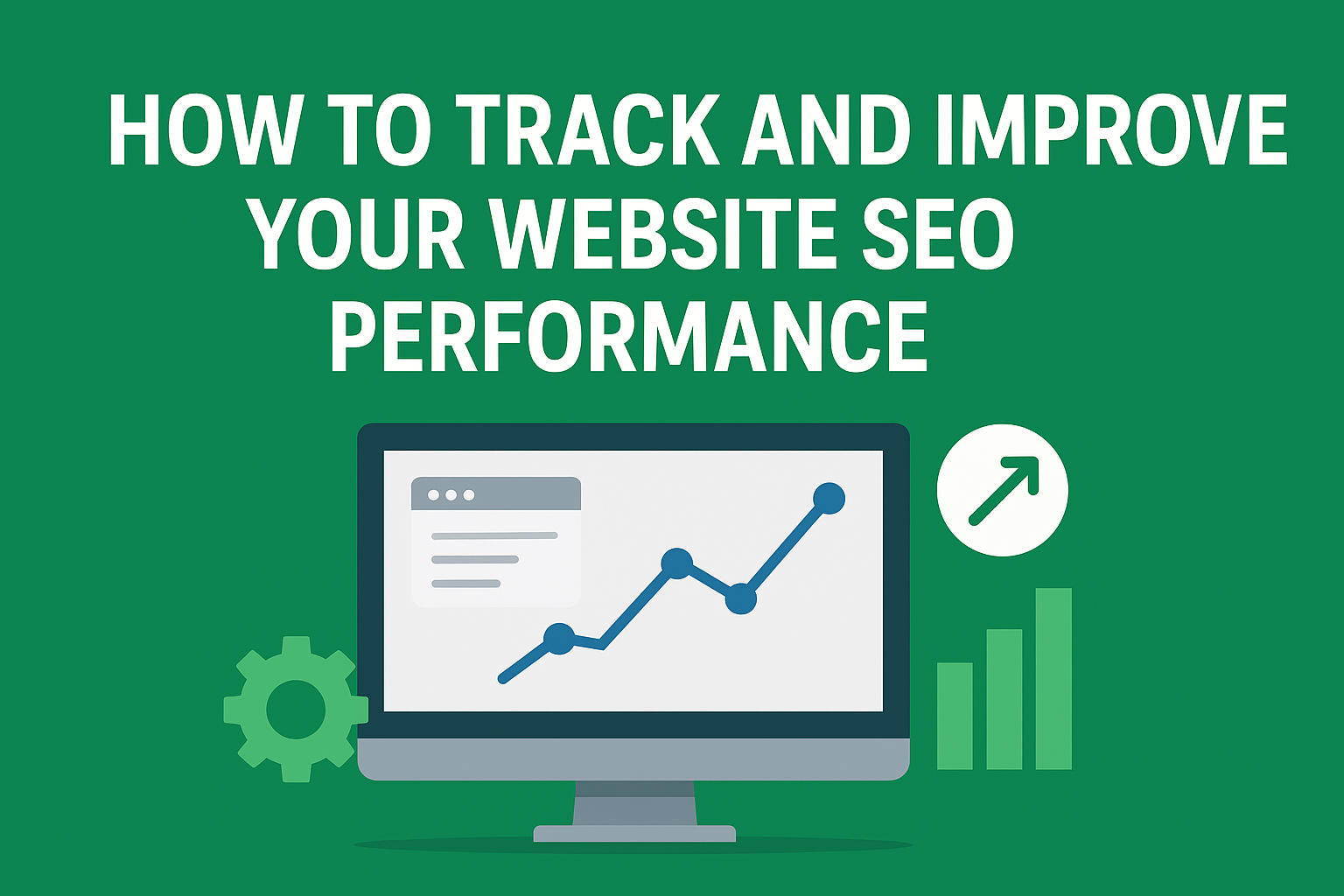How to Track and Improve Your Website SEO Performance
Search Engine Optimization (SEO) is the backbone of your online visibility. But knowing whether your SEO efforts are paying off requires consistent tracking, analysis, and improvement. In this guide, we’ll break down how to effectively track and improve your website SEO performance using data-driven strategies and tools.
🔍 Why Tracking SEO Performance Matters
Tracking your SEO performance helps you understand what’s working and what’s not. Without proper tracking, your marketing efforts can go in the wrong direction.
Monitoring SEO metrics allows you to:
-
Measure organic traffic growth
-
Identify keyword ranking improvements
-
Detect website technical issues early
-
Optimize your content for higher engagement
⚙️ Step 1: Set Clear SEO Goals
Before you start tracking, define measurable SEO goals. These may include:
-
Increasing organic traffic by a specific percentage
-
Ranking on the first page for target keywords
-
Improving click-through rate (CTR)
-
Reducing bounce rate
Clear goals create direction and make tracking progress easier.
📊 Step 2: Use the Right SEO Tracking Tools
The right tools help you monitor performance efficiently. Here are some essential ones:
-
Google Analytics: Tracks website traffic sources and user behavior.
-
Google Search Console: Monitors keyword rankings, click-through rates, and indexing issues.
-
Ahrefs / SEMrush: Provides insights into backlinks, competitor performance, and keyword opportunities.
-
PageSpeed Insights: Measures site loading speed, which impacts SEO performance.
By combining these tools, you can get a complete picture of your SEO health.
🧩 Step 3: Monitor Key SEO Metrics Regularly
Focus on key metrics that reflect your SEO progress:
-
Organic Traffic – Indicates how many visitors find your site through search engines.
-
Keyword Rankings – Show how your target keywords are performing.
-
Bounce Rate – Reveals how engaging your content is.
-
Domain Authority (DA) – Represents your site’s credibility and link strength.
-
Conversion Rate – Shows how well your traffic converts into leads or sales.
Consistent tracking of these metrics ensures you can adjust strategies when needed.
✏️ Step 4: Optimize and Update Your Content
SEO is not a one-time task. Refreshing and optimizing content is crucial for maintaining rankings.
-
Add updated keywords that match current trends.
-
Improve meta tags and descriptions for higher CTR.
-
Include internal and external links to strengthen SEO signals.
-
Use engaging visuals and headings for better readability.
Search engines reward fresh, high-quality, and user-friendly content.
🔗 Step 5: Build Strong Backlinks
Backlinks remain one of the most powerful ranking factors.
-
Reach out to industry blogs for guest posts.
-
Share valuable content that others want to link to.
-
Fix broken backlinks to retain SEO juice.
A healthy backlink profile boosts authority and trustworthiness.
🚀 Step 6: Analyze, Adapt, and Improve
SEO is a continuous process. Regularly analyze reports, identify what’s performing best, and refine your strategy.
Stay updated with Google algorithm changes and always prioritize user experience — it’s the ultimate SEO driver.
✅ Final Thoughts
Tracking and improving your website SEO performance requires patience, consistency, and data-driven action. By using the right tools, setting clear goals, and continuously optimizing, your website will steadily climb the search rankings — bringing more traffic, leads, and success to your business.






